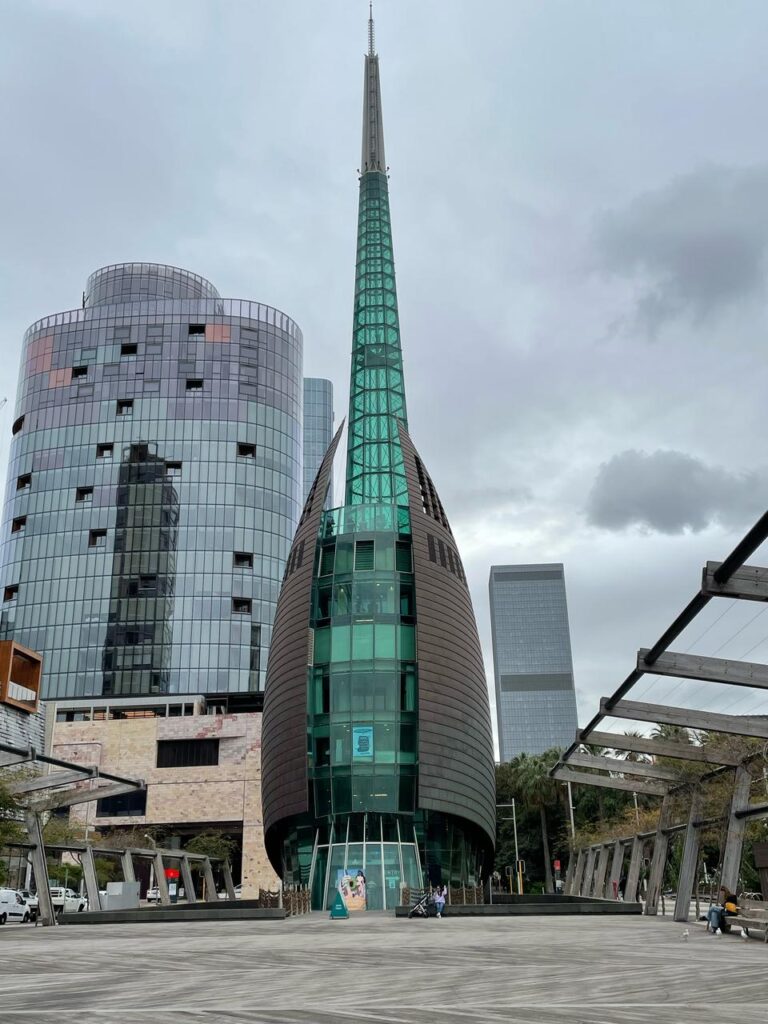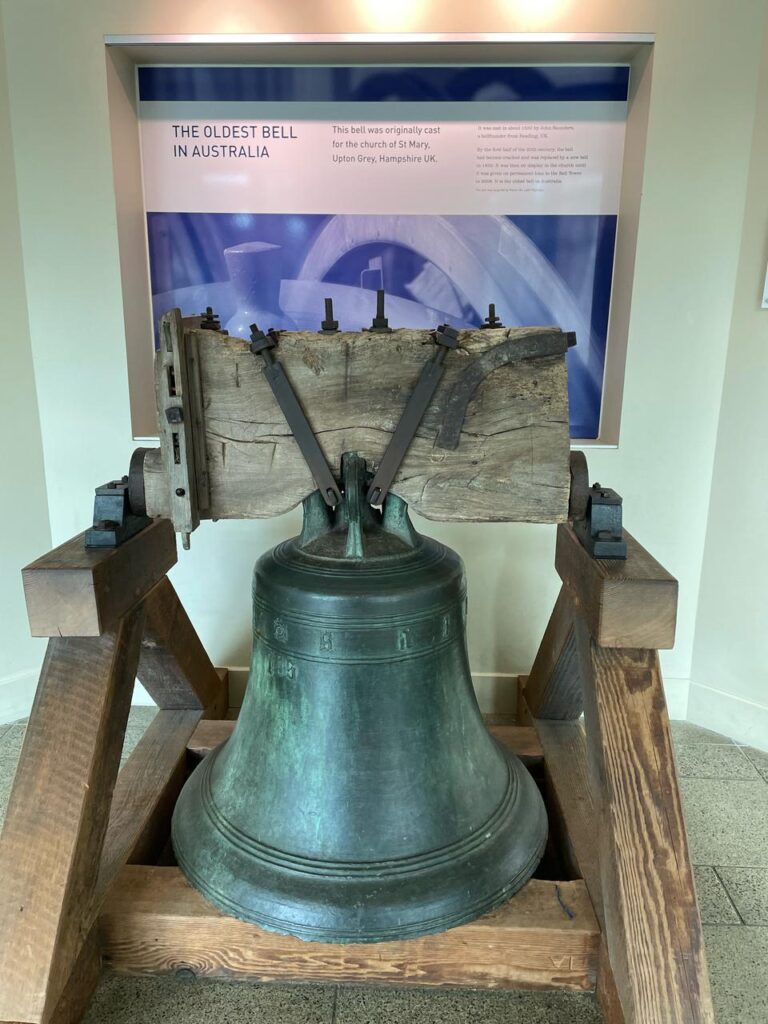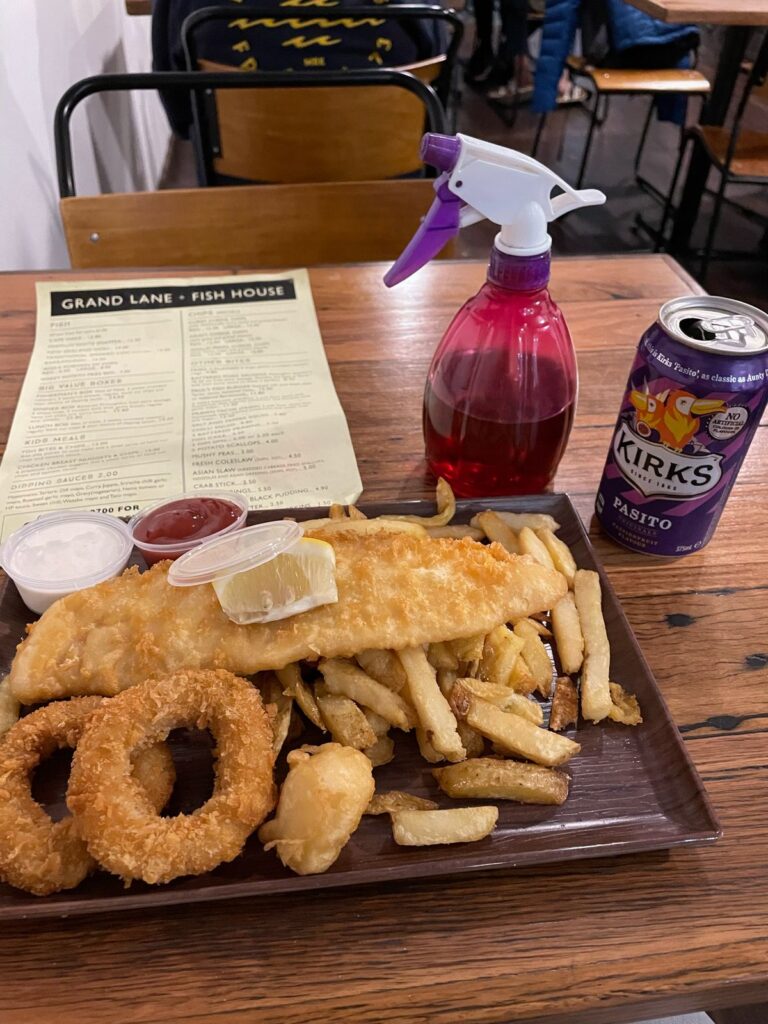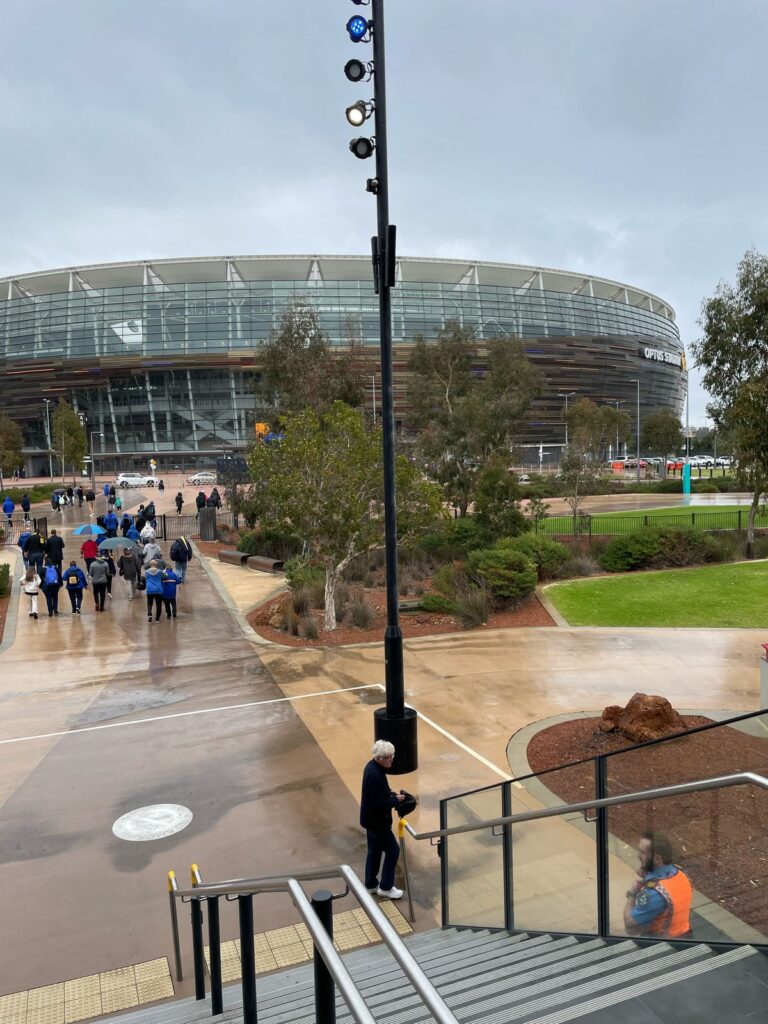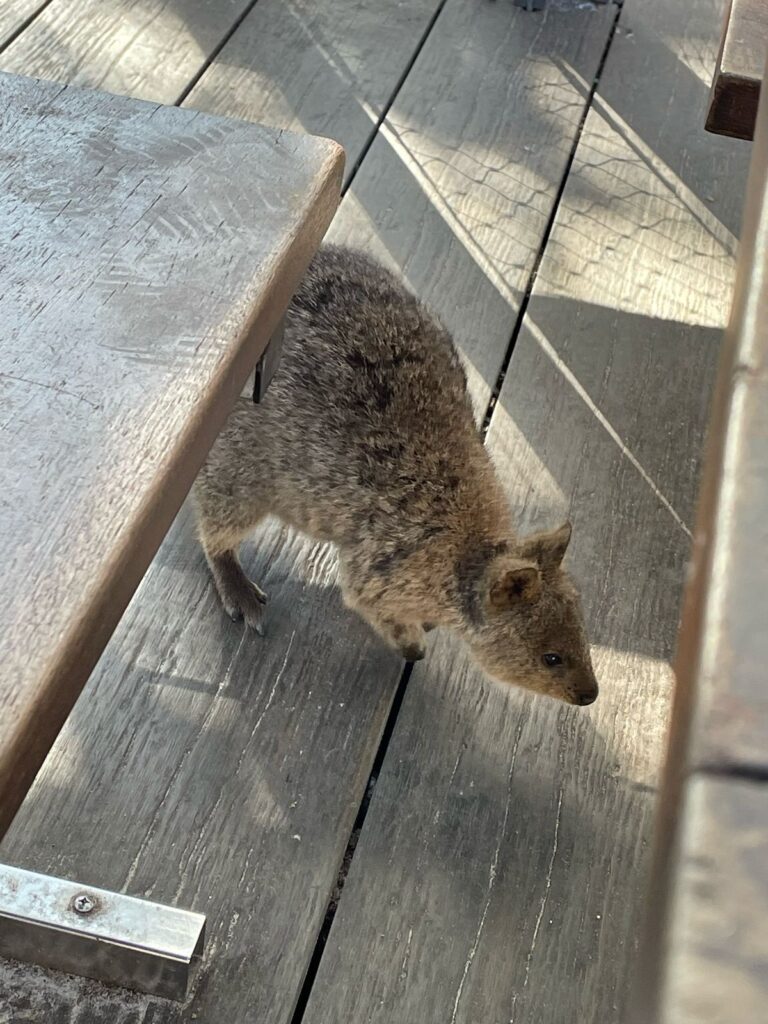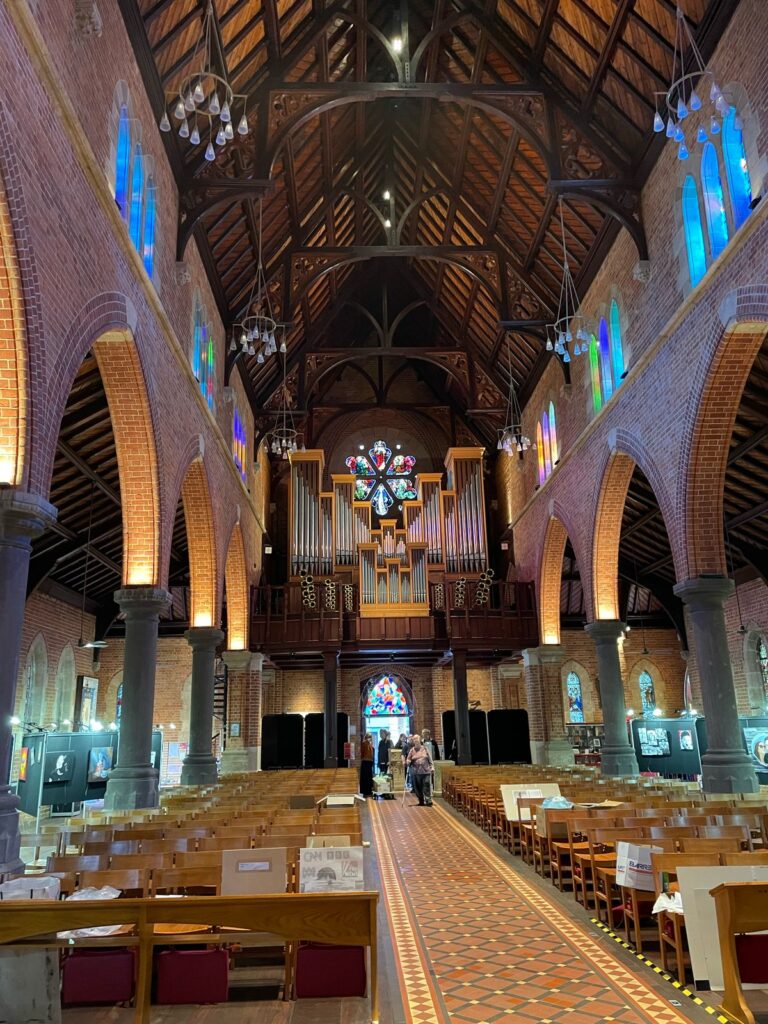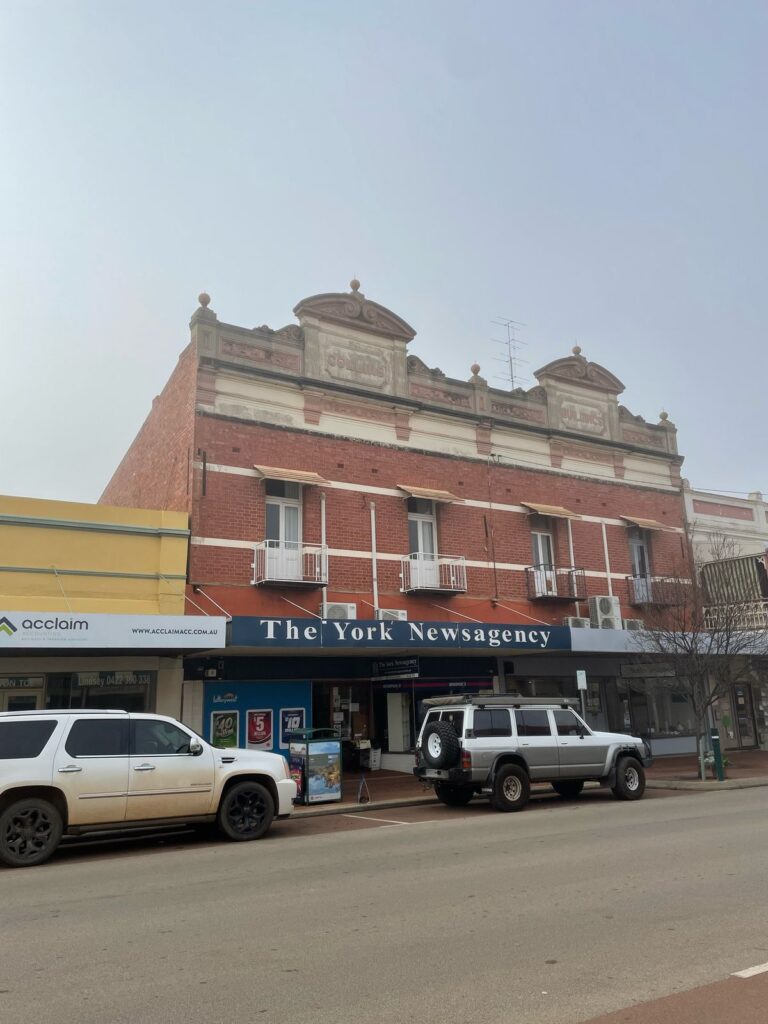Perth and Western Australia
Perth and Western Australia: A blend of urban fun and outdoor adventure
Date Visited: July 2024
Why Visit?
Perth is a dynamic, cosmopolitan city and is the easiest/cheapest airport to reach from Jakarta if you’re looking for a quintessentially Australian experience. Perth is also the gateway to the rugged scenery of the Australian bush as well as compelling ocean adventures.
Getting There
I traveled to Perth from Jakarta on the (at that time) newly-inaugurated Air Asia non-stop flight. Unfortunately, that non-stop service has been discontinued, so you’ll have to fly to Perth through Denpasar, Bali. If you go through Bali, the cheapest tickets might require up to a 12-hour layover at the Denpasar Airport. If you use Air Asia, a no-frills airlines, the flight will cost around $350, but better deals pop up from time to time. Non-stop flights on national carriers will cost significantly more (possibly double).
Once you land at Perth Airport, don’t take a taxi which costs about $50 AUD. Perth has an excellent transit system, and I took a very convenient train from the airport to the Main Train Station downtown (about four blocks from my hotel) for around $6 AUD. You can research the transit system online before your departure.
The Bell Tower
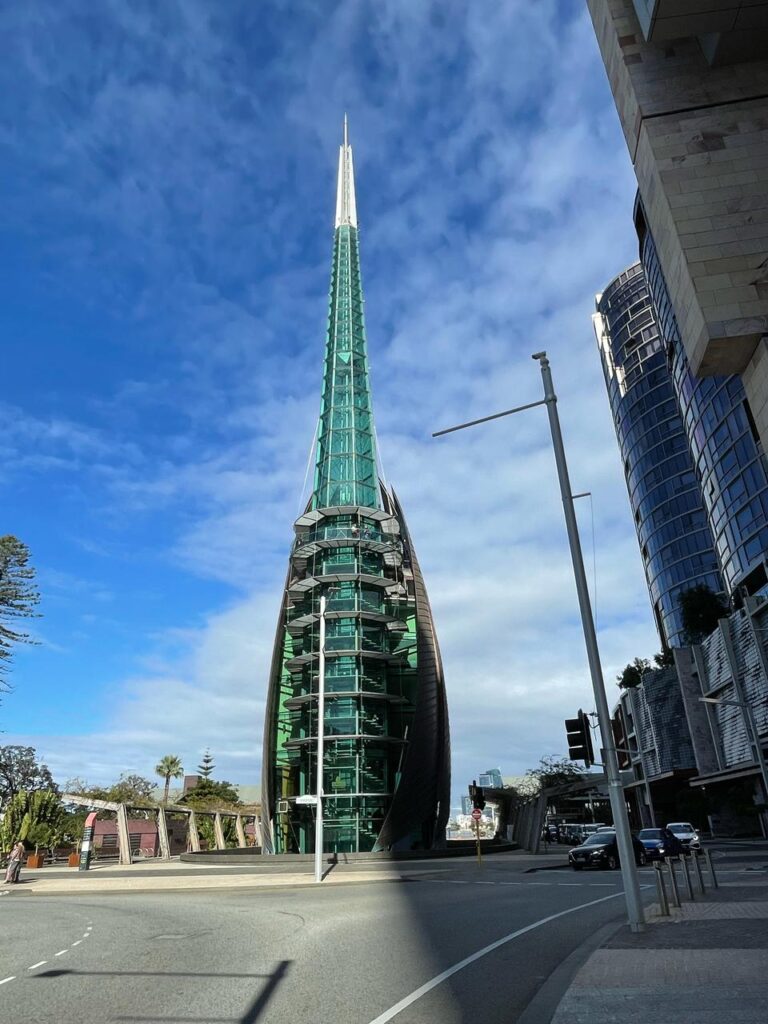
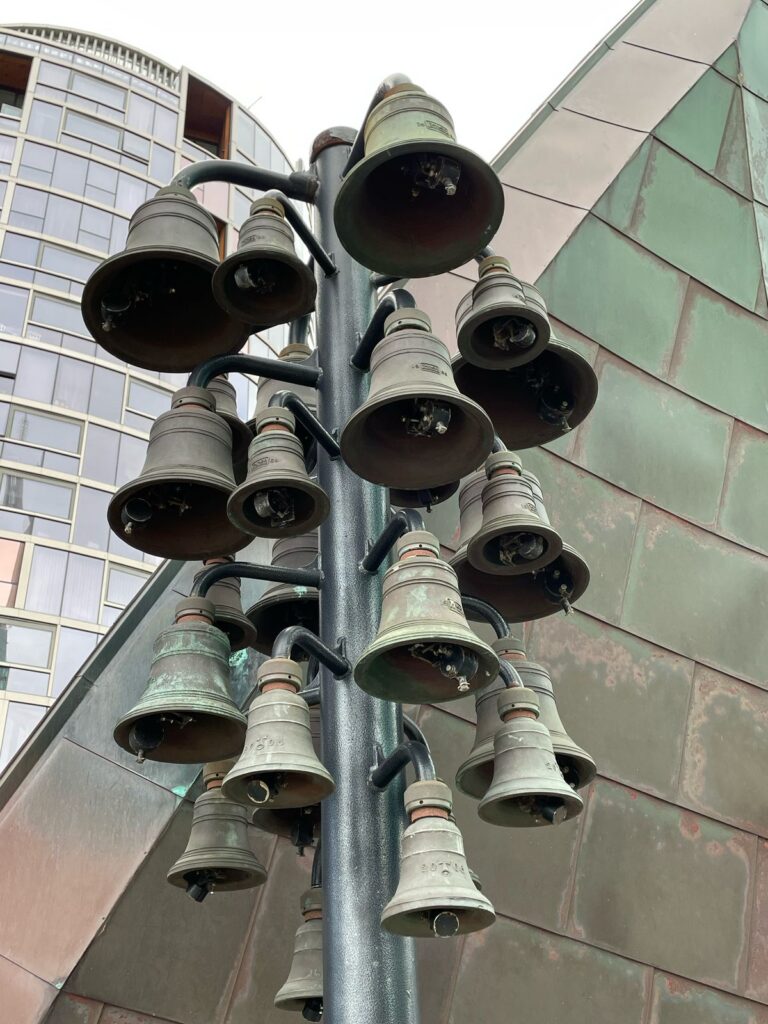
The Bell Tower was built for the Australian bicentennial and houses a couple dozen large, ancient bells which were a gift from England. The tower is also home to the humungous 6500 kg. ANZAC bell. I paid a little bit extra for my admission for the opportunity to become an official bell chimer, which was lots of fun. The tower is located downtown near the ferry terminals.
The Perth Cultural Centre
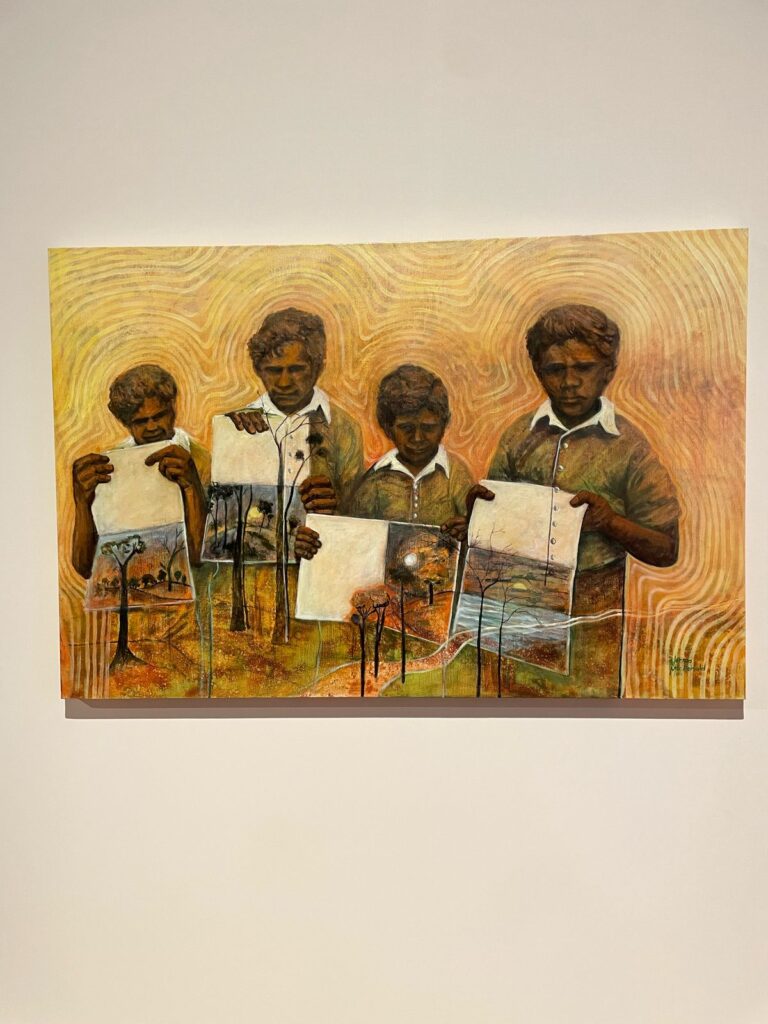
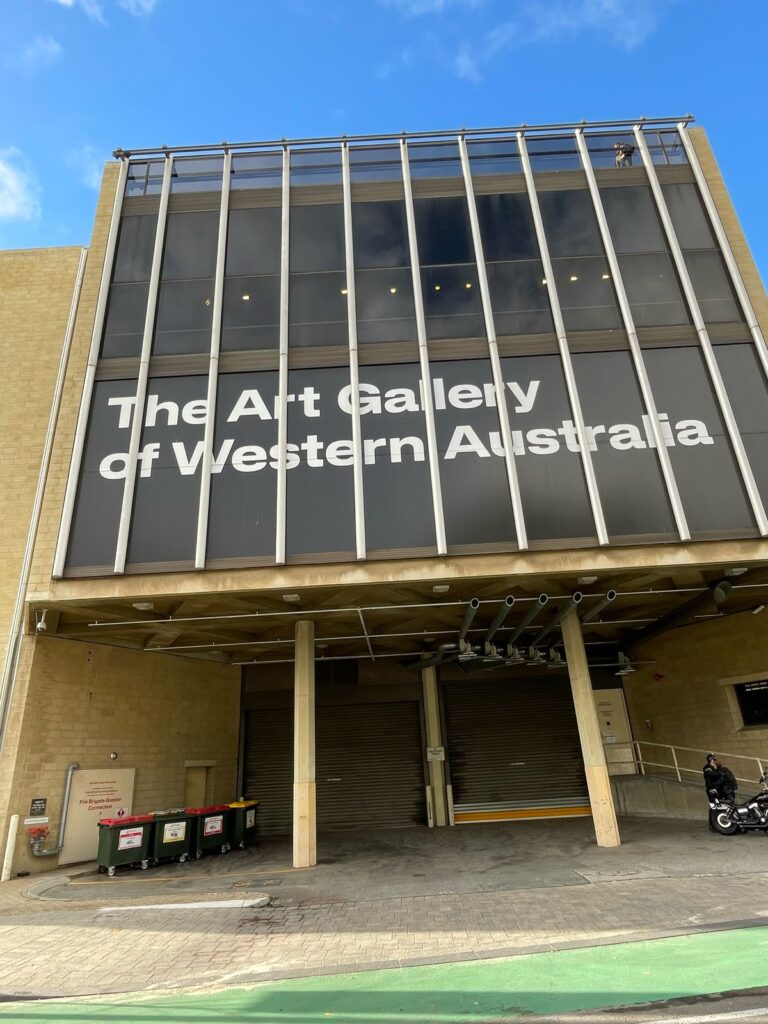
The Perth Cultural Centre is located next to the Northbridge neighborhood which is an artsy district with lots of cool shops, restaurants and galleries. The Centre is home to several museums including the The Western Australian Museum Boola Bardip which is a relatively new museum dedicated primarily to indigenous art. I didn’t go to Boola Bardip because I didn’t feel like spending $20 for the admission fee. Instead, I visited the Art Gallery of Western Australia which is free. It’s a big museum which features contemporary art, including some indigenous art as well. If you are an art connoisseur, then go to several of the smaller museums in the near vicinity, but the massive Art Gallery of Western Australia takes about three hours to tour properly and was sufficient to satisfy my artistic cravings. The Northbridge neighborhood is about a 10-15 minutes’ walk north of the city center.
Optus Stadium
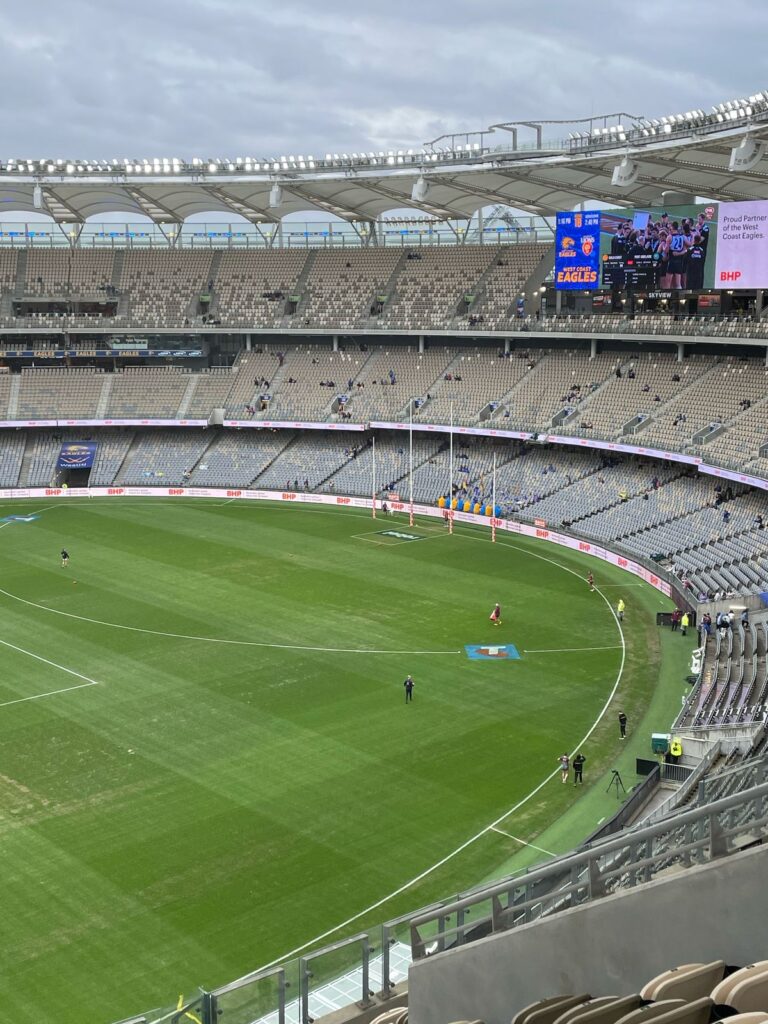
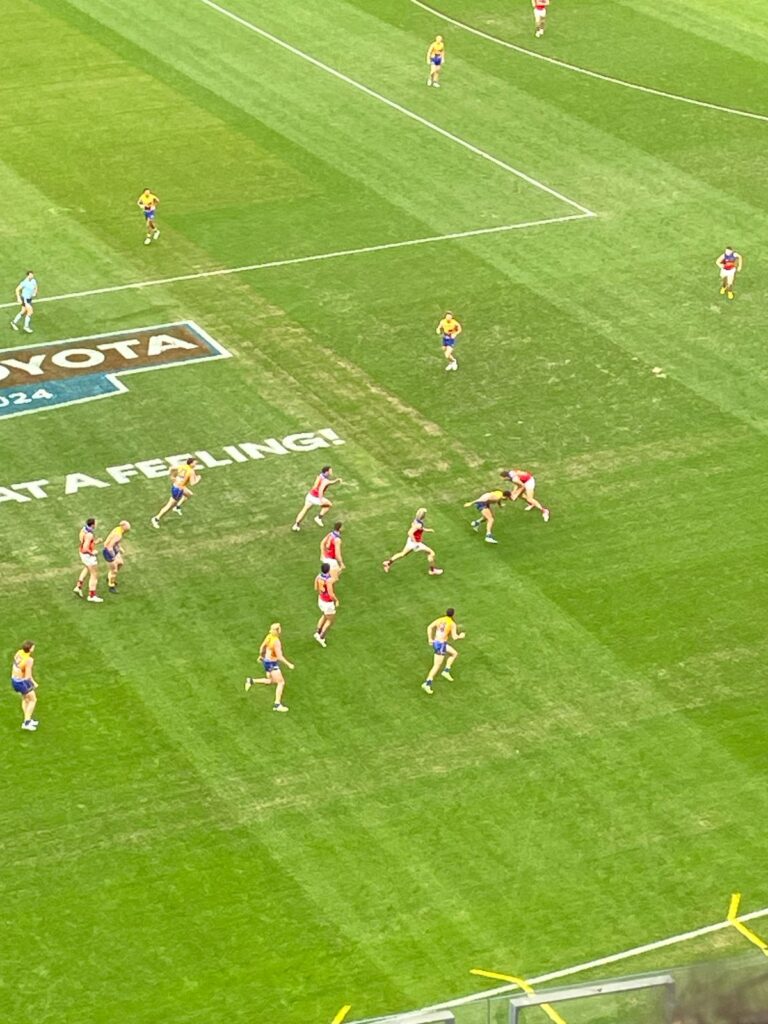
OK, I am a bit strange in that I enjoy watching Australian Rules Football (I get live broadcasts on my satellite tv). I’ve reached the point where I like the sport more than American football, so I just had to attend a game. I watched the home team, the West Coast Eagles, play the Brisbane Lions. Optus is a beautiful new stadium with excellent food and amenities, and the atmosphere was electric. Games take place on weekends between mid-March and mid-August and tickets can be purchased online in advance.
St. George’s Cathedral
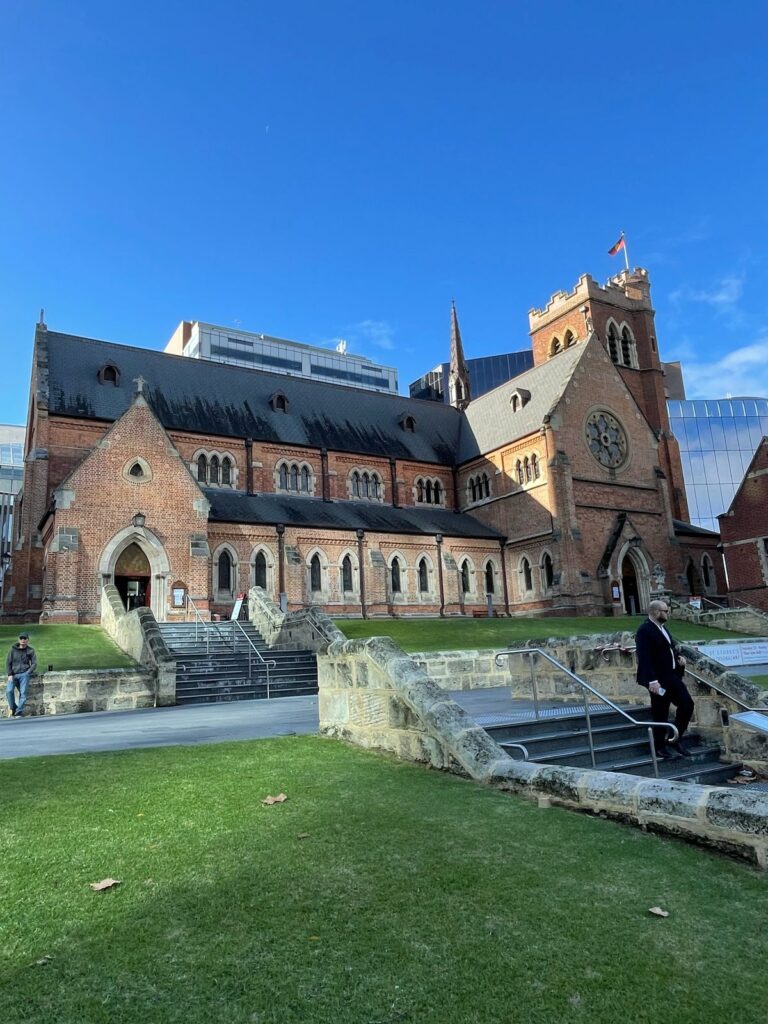

I am also a bit strange in that I am fascinated by religious architecture whether it be Christian, Islamic, Hindu, or Buddhist. (And I’m even more strange in that very few tourists visiting Perth check out the art district, an Australian football games, and the Anglican cathedral all in the same trip as I did!) St. George’s is the principal Anglican cathedral of Western Australia and was built in 1888 implementing a Gothic Revival design. It’s a beautifully classic church and you can also attend Sunday’s 10 a.m. Choral Eucharist Service as I did to hear the excellent pipe organ and experience a very traditional religious service that’s difficult to find nowadays.
Downtown Restaurants
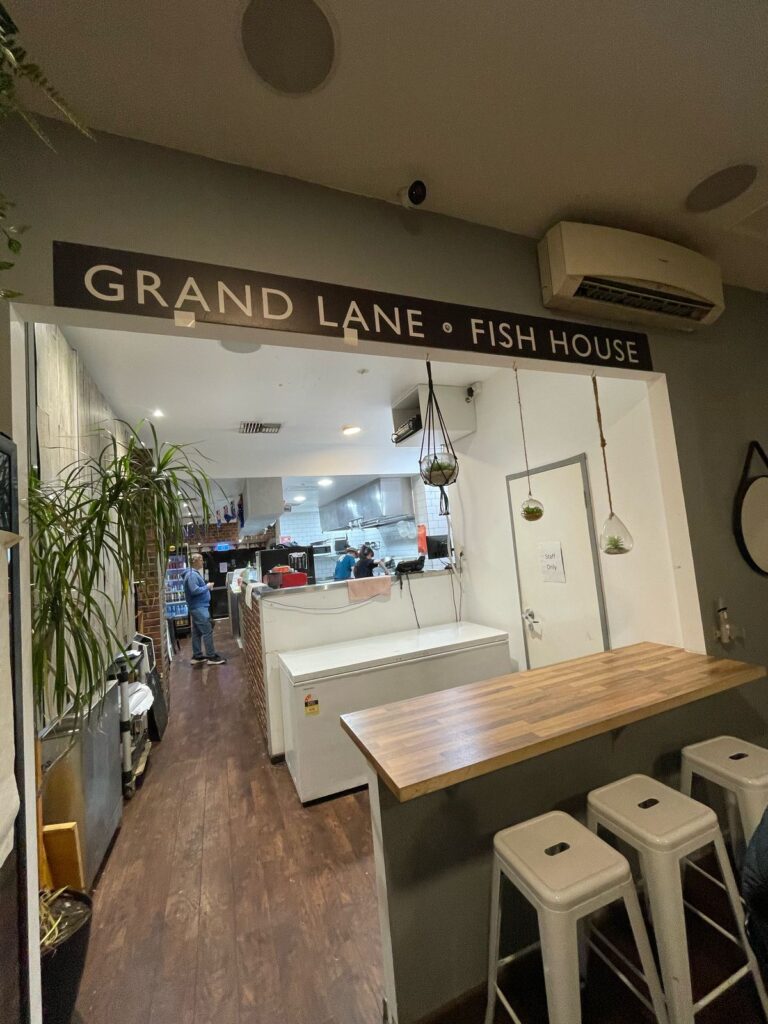
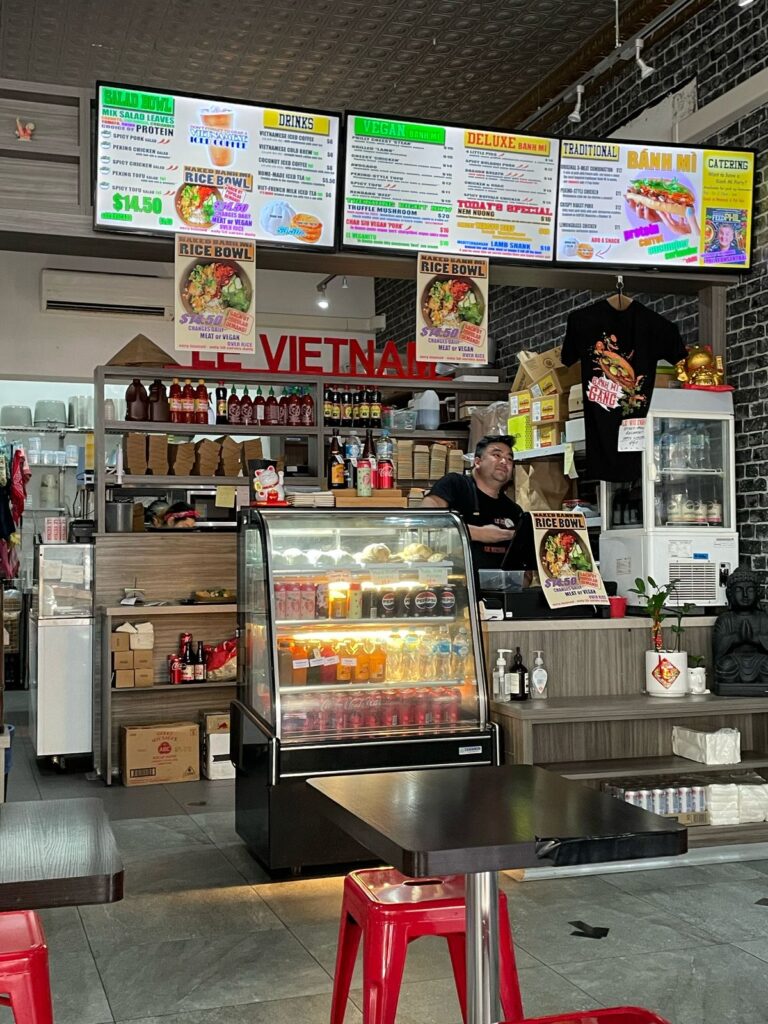
Despite having visited Australia on more than one occasion, I still haven’t a clue of what typical Australian cuisine is beyond grilled meats, vegemite, and savory pies. Although dining out in Perth is pretty expensive, I found a few establishments that were very good and not too horribly priced.
- Le Vietnam is an incredible downtown Banh Mi restaurant run by a second-generation Vietnamese family. The owner quit his office job in Perth and spent several months in Vietnam learning the secrets of how to make a perfect Vietnamese sandwich including how to bake the bread. OMG! Even better than the Banh Mi I had in Ho Chi Minh City. Only open for lunch. Go right when it opens, because by noon, the line for sandwiches goes out the door.
- Kurumba Sri Lankan Restaurant: Also located downtown. Food as good as the cuisine I experienced in Sri Lanka. Please check online before going, as rumor is it might have closed permanently. I sure hope not.
- Grand Lane Fish and Chips: Downtown. Fish and Chips as good as you will find in London. Other great fried seafood too. Sustainably sourced and reasonably priced (by Perth standards).
Fremantle is a city located about 12 km. from Perth and is known for its vintage architecture, galleries, abundance of upscale shops, and trendy restaurants. I didn’t have time to go there, but everyone strongly recommends visiting. There’s always next time.
Excursions Beyond Perth
Rottnest Island and Quokka
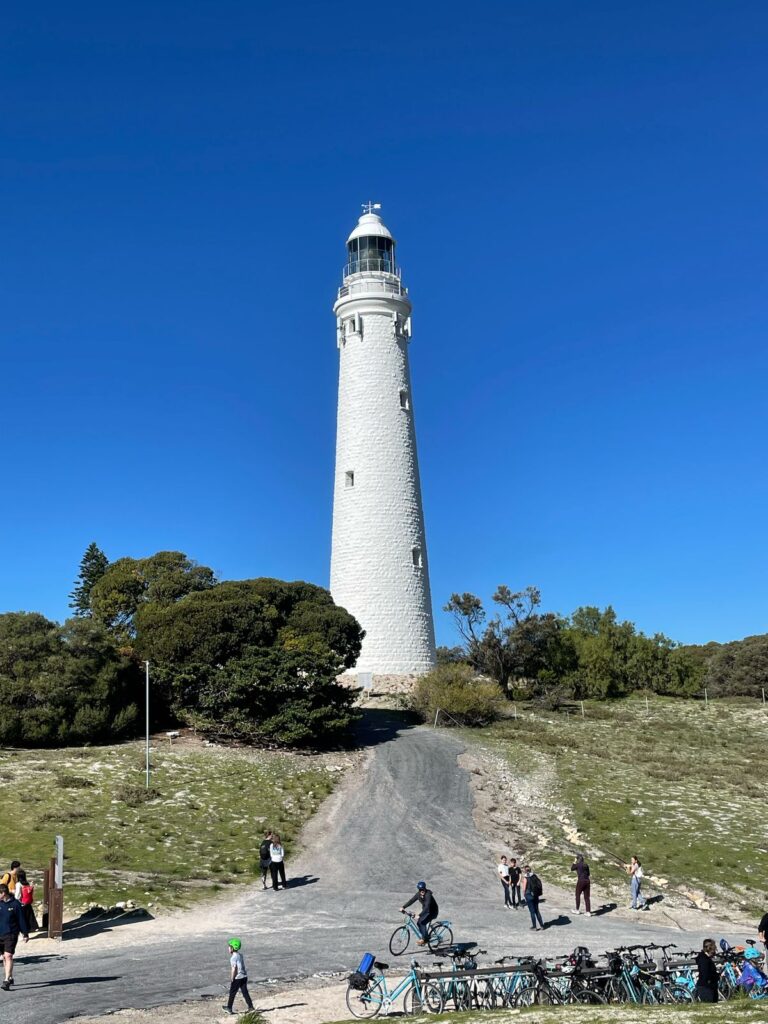
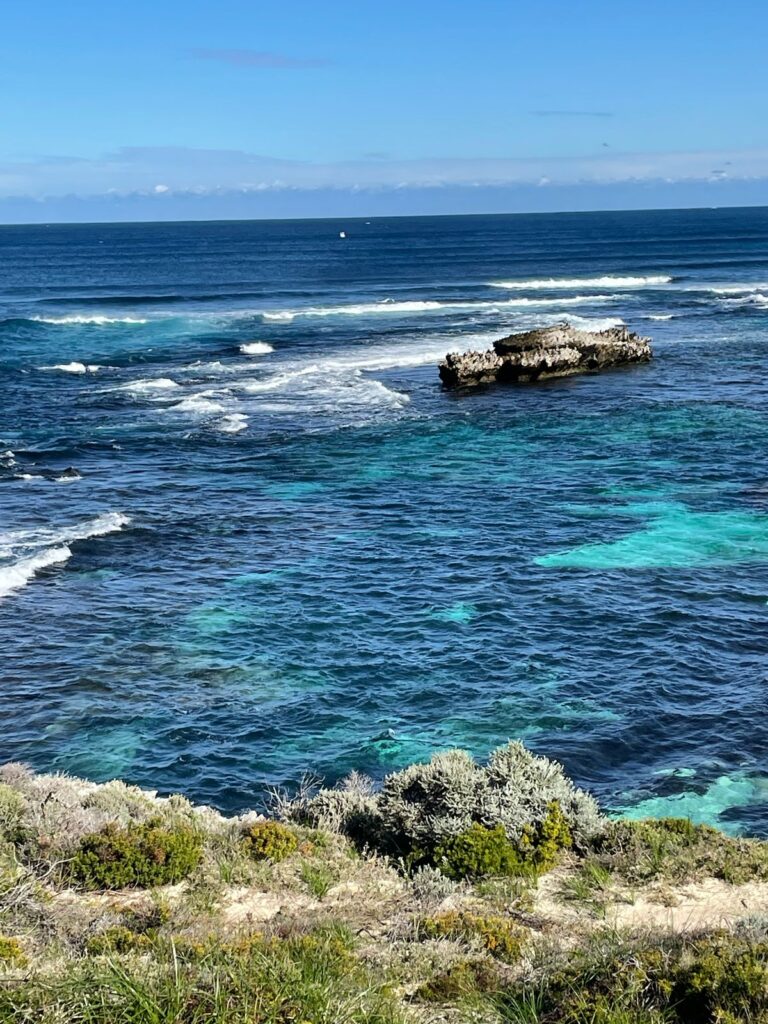
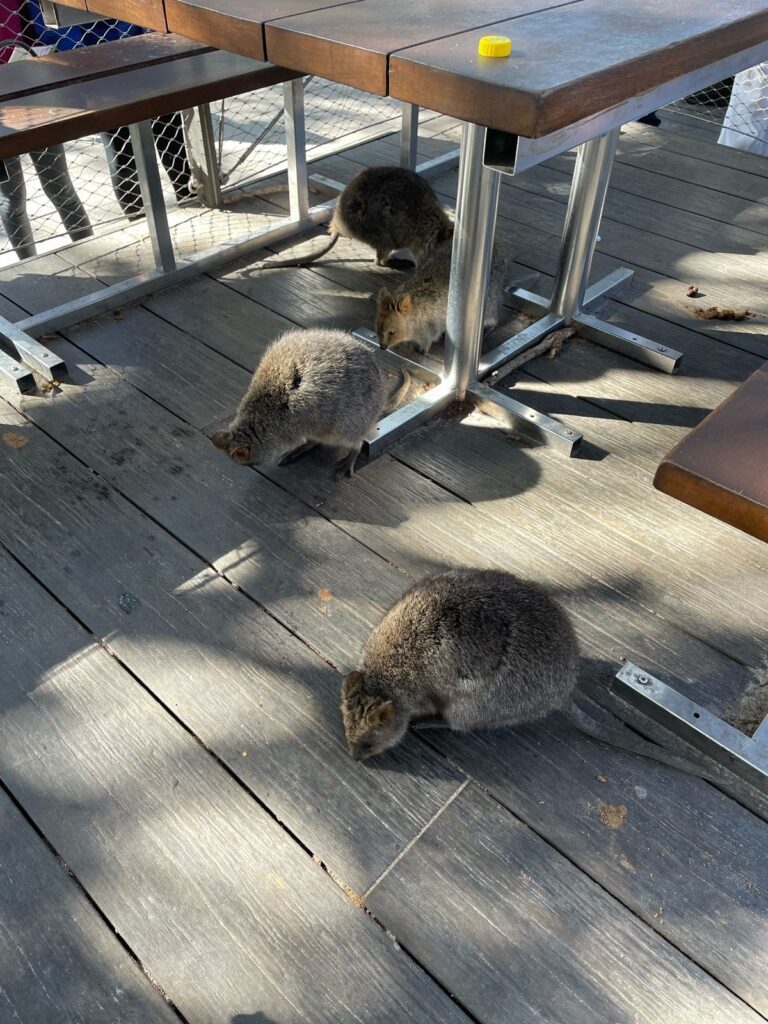

Rottnest Island and Quokka: The easiest excursion from Perth is the ferry boat to Rottnest Island. It’s about a 90-minute journey from the downtown Ferry Terminal, much shorter if you board the ferry in Fremantle. I found that it was easiest to book the ferry online in advance; it’s also advantageous to do so because often ferry trips are fully booked so you might not be able to get a ticket if you try to purchase one at the ticket kiosk a few minutes before scheduled departure.
The journey to Rottnest Island is a beautiful cruise on the Indian Ocean. Once you arrive, I recommend you take a bus tour that circles the entire island, highlighting several of the scenic attractions, including the towering Wadjemup Lighthouse. If you are a bit more adventurous, you can rent a bike to explore the island. In my case, I purchased a ticket from an online service where I received both my ferry and bus tickets in advance which was less hectic and more convenient than purchasing tickets on the fly. Please be aware that the bus stop for island tours is about 250 meters from the ferry dock—pick up a map at the Perth ferry terminal to figure out where to go before you arrive on the island.
While the picturesque scenery and beautiful beaches are excellent, Rottnest Island’s primary attraction is the quokka, a miniature marsupial that’s the size of a housecat but looks something like a cross between a kangaroo and a rat. The quokka can only be found in a small part of Southwestern Australia with Rottnest Island housing the largest population. Quokkas are usually nocturnal animals seldom witnessed by people; however, a sizable colony has learned that they can more easily obtain food by begging from tourists in Thomson Bay, the small village surrounding the ferry dock. Tourists are possibly the dumbest subgroup of humans on the planet and many of the ones on Rottnest Island are unable to read any of the 5,000 posted signs imploring them to never feed or touch the quokkas and, as a result, the quokkas are ever-present, taking full advantage of the illiterate hordes that have descended upon their home.
I think it’s worth the trip just to see these cute and docile marsupials, however by the time I departed Rottnest Island, I was beginning to get creeped out because these little creatures are so persistent in their quest for tourist food that whenever I sat down on a bench for a rest, these little rat-kangaroos would swarm over my feet searching for any crumb of food I might have dropped. By that point they had become more annoying than cute. But truly, Rottnest Island is the only place on the planet where you can be foot-swarmed by quokkas, so I guess that’s cool in itself.
One final note. In my opinion, the Wadjemup Museum in the main village is well worth a visit. The museum is housed in an old mill and chronicles the island’s history. Of particular interest are the photos and artifacts from the period when the island was a prison for aboriginal convicts, most of whom had done nothing more than be political agitators for liberation for their people. People often don’t realize (or care?) that modern tourist attractions are sometimes directly connected to the blood of the innocent first peoples. Considering I was one of only three people in the museum when I visited, I suppose many people really don’t care. Getting a selfie with a quokka—now that’s what’s really important.
Wave Rock
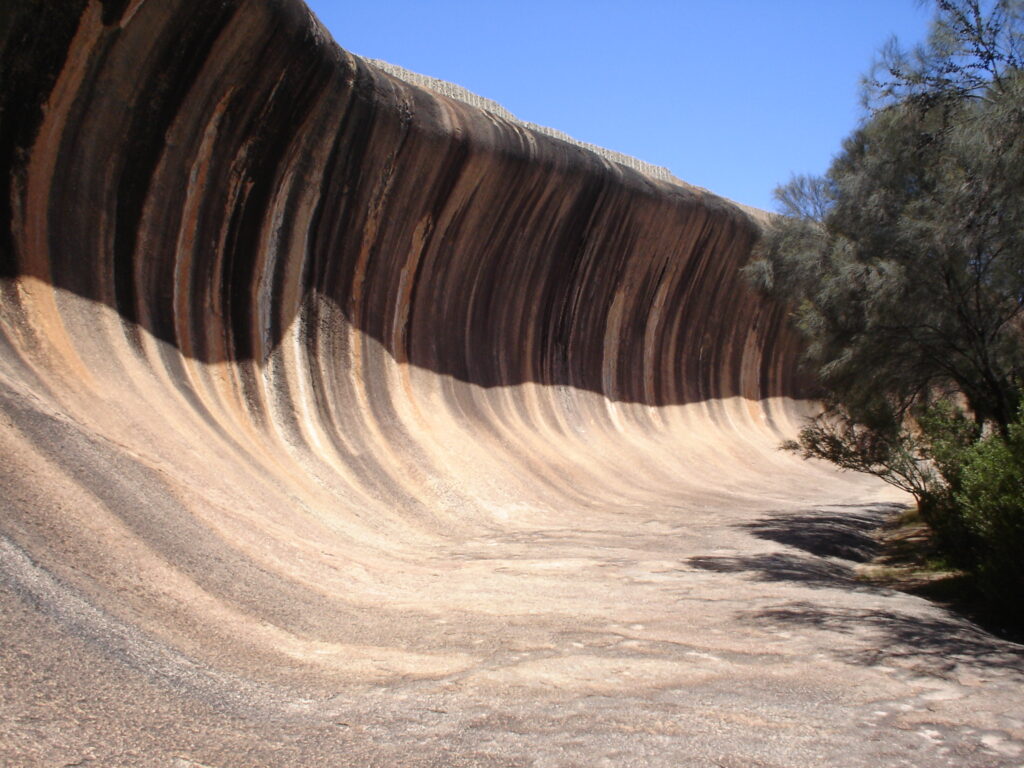
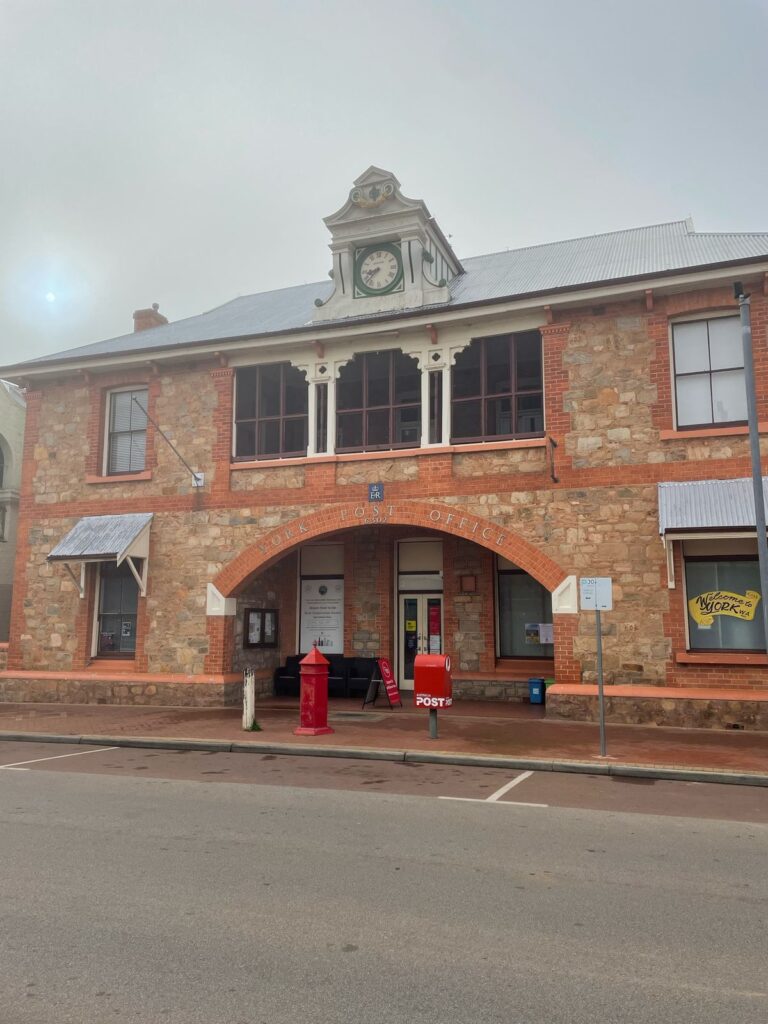

Wave Rock: Wave Rock is a geological formation that’s shaped like, you guessed it, a giant wave. I am one of the rare people who is happy spending six hours on a bus tour driving across the Australian bush to see a rock shaped like a wave, only to spend six hours driving back to Perth after seeing the rock.
Luckily, the tour I took was more than a visit to a rock. We stopped at York, which is the oldest town in Western Australia, settled in 1835, with its main street of preserved vintage architecture from the founding period. We also stopped at Hippo’s Yawn, a giant rock formation that’s shaped like, you guessed it, a hippo yawning. In addition, we visited Mulka’s Cave, which is noted for its extensive centuries’ old aboriginal paintings inside. And I found the ride through Australia’s wheat-farming country to be scenic as well—the vast emptiness of Australia makes itself known on this tour.
Wave Rock is a rare geological formation with very few similar monoliths in existence in the world. The wave is about 15 meters high and 110 meters long and is a geological formation that is 2.63 million years old! Even those who aren’t geologically inclined can’t help but be impressed by the majestic and massive uniqueness of this rock. Luckily, we had over an hour to explore the wave and climb to the top. Even though the trip lasted over 14 hours, for me it was well worth it. However, for those of you who don’t love spending most of the day on a bus, there are shorter tours to natural wonders, such as the Pinnacles, which might be a better alternative.
All in all, I highly recommend a trip to Perth and Western Australia. It’s a great blend of urban settings and natural landscapes, depending on your preference.
Gallery
